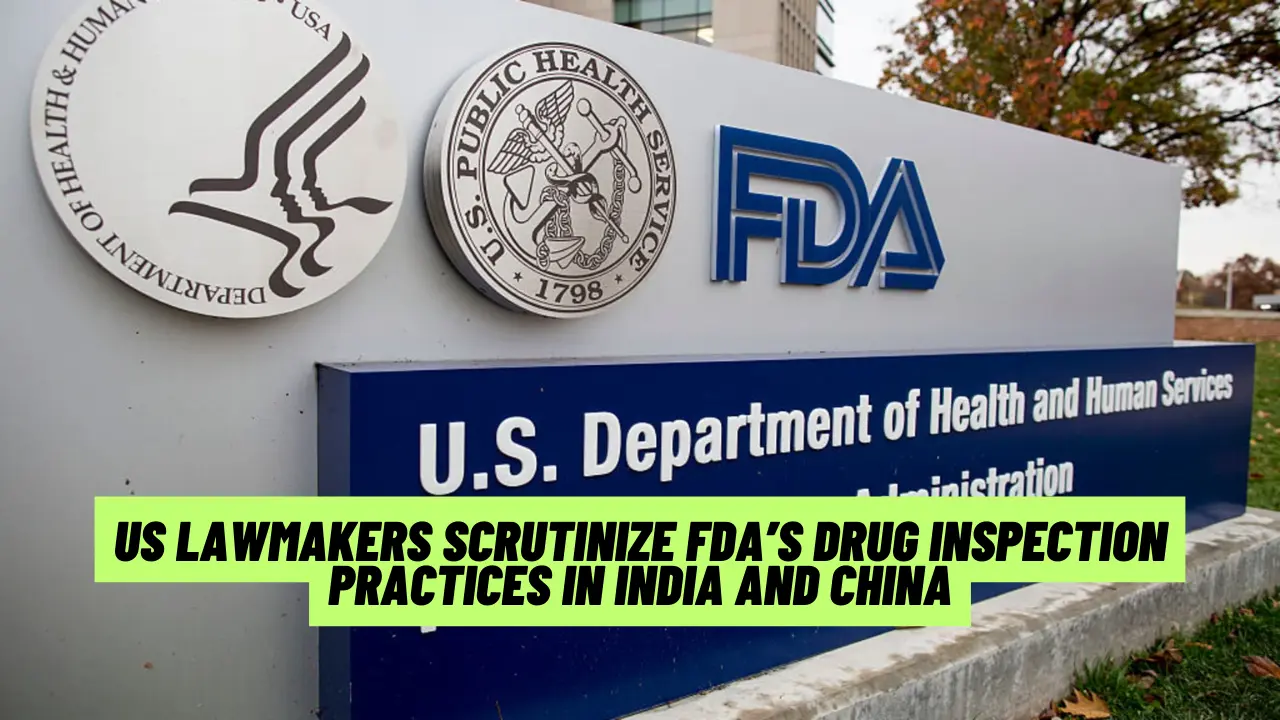Bank of America (BofA) has recently issued a bullish outlook on four of India’s largest private sector banks: HDFC Bank, ICICI Bank, Axis Bank, and Kotak Mahindra Bank. In its latest analysis, BofA highlights several factors that underpin its confidence in these financial giants. Here’s a detailed look into why BofA has issued a ‘Buy’ rating for these leading private lenders.
1. Strong Financial Fundamentals
HDFC Bank, ICICI Bank, Axis Bank, and Kotak Mahindra Bank are known for their robust financial health, characterized by solid balance sheets and consistent profitability. BofA points out several key financial metrics driving its optimism:
- Stable Asset Quality: These banks have shown resilience in maintaining high asset quality with lower non-performing asset (NPA) ratios compared to their public sector counterparts. Their proactive measures in managing credit risk have resulted in better control over bad loans.
- Healthy Capital Adequacy: All four banks maintain strong capital adequacy ratios, which not only ensure their stability but also enable them to pursue growth opportunities without significant capital constraints.
- Consistent Profitability: These banks have demonstrated strong and consistent earnings growth, driven by their diversified income streams, efficient cost management, and prudent risk practices.
2. Expanding Market Share and Scale
The big four private lenders have been expanding their market share by leveraging their extensive branch networks, innovative digital platforms, and diversified service offerings. BofA notes that these banks are well-positioned to benefit from:
- Digital Transformation: With significant investments in digital banking, these lenders are leading in the digital banking space, which enhances customer acquisition and retention while reducing operational costs.
- Retail and Corporate Banking Synergy: They have a balanced mix of retail and corporate banking portfolios, which helps in mitigating risks associated with over-reliance on any single segment and driving overall growth.
- Geographic Expansion: Continuous expansion into underpenetrated regions and urban centers has allowed these banks to tap into new customer segments and enhance their deposit bases.
3. Economic Tailwinds and Policy Support
India’s economic environment and supportive regulatory policies provide a favorable backdrop for the growth of these banks. BofA highlights several macroeconomic factors and policy initiatives:
- Economic Recovery: As India’s economy recovers post-pandemic, there is a surge in credit demand across various sectors, which these banks are well-equipped to meet.
- Government Reforms: Reforms such as the Insolvency and Bankruptcy Code (IBC) and efforts to boost financial inclusion have created a more supportive ecosystem for private lenders.
- Rising Consumption and Investment: With increasing consumer spending and corporate investment, there is a higher demand for banking services ranging from personal loans to corporate credit.
4. Leadership and Strategic Vision
The leadership teams of HDFC Bank, ICICI Bank, Axis Bank, and Kotak Mahindra Bank are noted for their strategic vision and ability to navigate complex market dynamics. BofA underscores:
- Experienced Management: The management teams at these banks have a proven track record of steering their institutions through challenging environments while capitalizing on growth opportunities.
- Innovation and Customer Focus: Their focus on customer-centric innovation, particularly in digital services and product offerings, has set them apart in the competitive banking landscape.
5. Valuation and Investment Potential
BofA believes that despite their strong performance and market positions, these banks are still attractively valued. Key points include:
- Competitive Valuations: The current valuations of these banks are seen as attractive entry points for investors looking for stable, long-term returns.
- High Return on Equity (ROE): They consistently deliver high ROE, reflecting their efficient use of capital and strong earnings capabilities.
- Dividend Potential: These banks also offer good dividend yields, making them appealing to income-seeking investors.
Quick Review:
1. Why are HDFC Bank, ICICI Bank, Axis Bank, and Kotak Mahindra Bank considered the ‘big four’ in India’s private banking sector?
Ans. They are termed the ‘big four’ due to their substantial market share, extensive branch networks, strong financial performance, and leadership in digital banking.
2. What role does digital transformation play in BofA’s positive outlook on these banks?
Ans. Digital transformation enhances operational efficiency, reduces costs, and improves customer acquisition and engagement, all of which contribute to these banks’ growth and profitability.
3. How does the economic recovery in India benefit these private banks?
Ans. The economic recovery drives increased demand for credit and financial services, which these banks are well-positioned to supply, thereby boosting their growth prospects.







